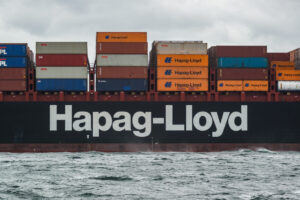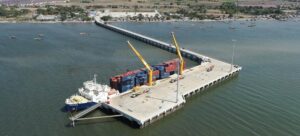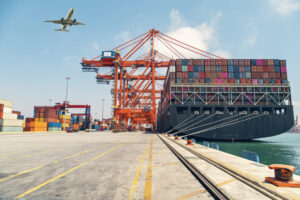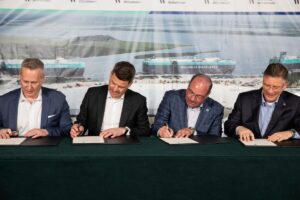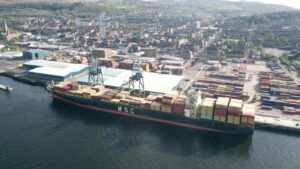Hybrid propulsion systems and connected ship solutions are emerging technologies that are gaining ground faster than expected, outlined Tor E. Svensen, CEO of Ship-classification society DNV GL – Maritime, at the opening day of Nor-Shipping in Oslo.
Svensen said: “While operational efficiency and emissions reductions are the main motivators behind these developments, the update shows that the future fuel mix will be much more diverse.”
LNG as a ship fuel was one of the standouts from the last report, but due to continuing high investment costs and slower development of infrastructure the prediction of up to 1,000 LNG-fuelled vessels by 2020 will most likely not be met. However, as more bunkering options come in place, growth could accelerate.
The substantial drop in battery prices and improved energy storage capacity means that hybrid systems are now becoming a real option for the shipping industry. They are best suited for vessels with large variations in power demand, coastal trades and operations within emission control areas.
The technology was also becoming applicable for some deep-sea shipping segments, for example in crane operations, he explained. Pilot projects indicate that hybrid technology is robust and leads to fuel savings of 15% for an offshore vessel.
A hybrid engine system allows the ship to operate at its most efficient point, regardless of power requirement or load.
Svensen continued: “Currently, there are already 33 hybrid vessels in operation or on order, and looking ahead it is possible this number will top 100 by 2020.”
Global high-speed internet coverage, increased computing power and Big Data solutions turn the vision of the connected ship into reality.
The internet could also take the form of a global quantum internet that could provide a secure way for shippers to data large amounts of data between vessels, an initiative that could support hybrid shipping.
Svensen added: “By bringing together and analysing both data from on-board monitoring systems and from external sources, a comprehensive insight is gained of voyage, engine and hull performance”, he said. “Voyage management based on shipboard sensors and AIS data, for example, can help to determine the optimal speed in all conditions and thereby reduce fuel bills.”
Alongside these opportunities new threats are present: “As ships become more connected, they could fall victim to cyber attacks,” he warned. To mitigate risks, Svensen recommended the development of guidelines and standards together with cybersecurity audits to improve systems protection.
Svensen concluded. “The update once again aims to review the ‘big picture’. It points out how market conditions and the regulatory framework have influenced technology uptake, and how we expect this to develop as we move towards 2020.”


